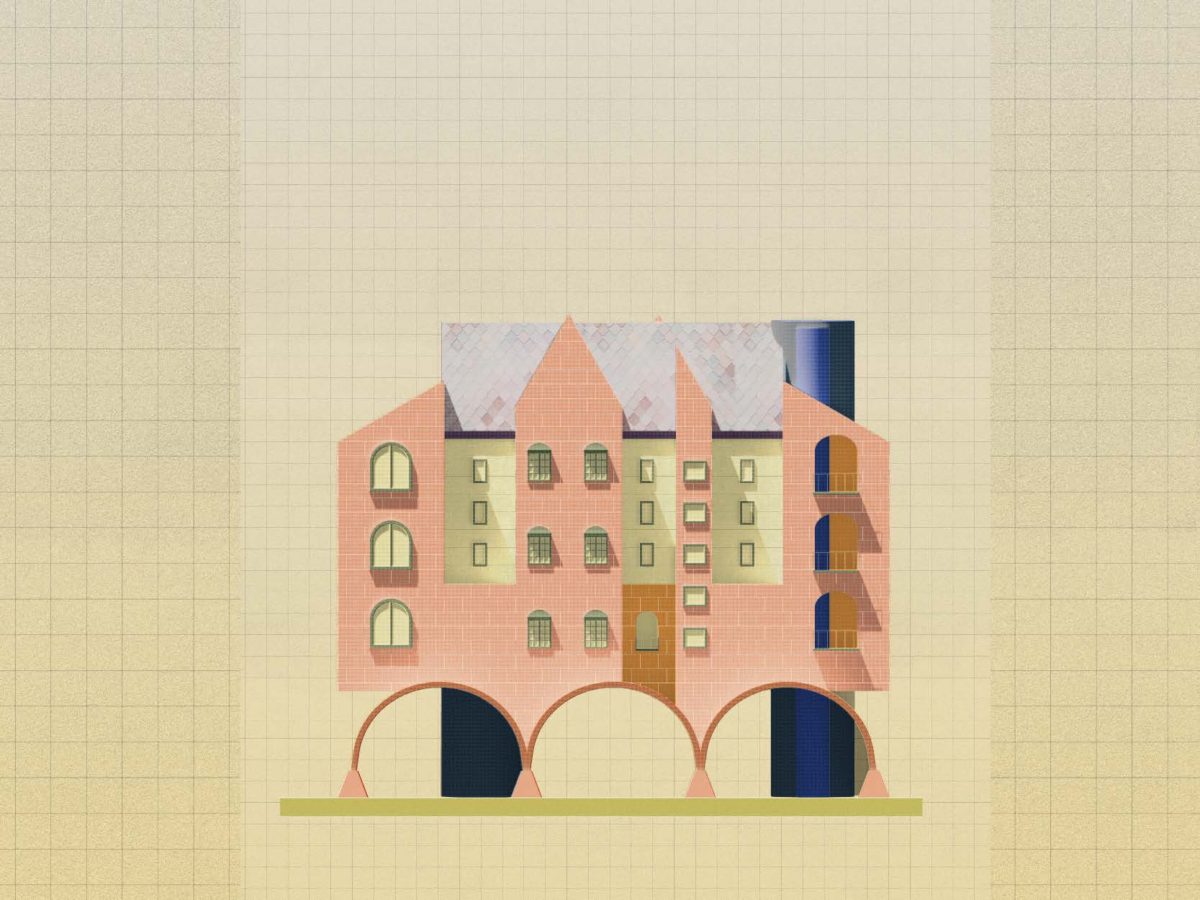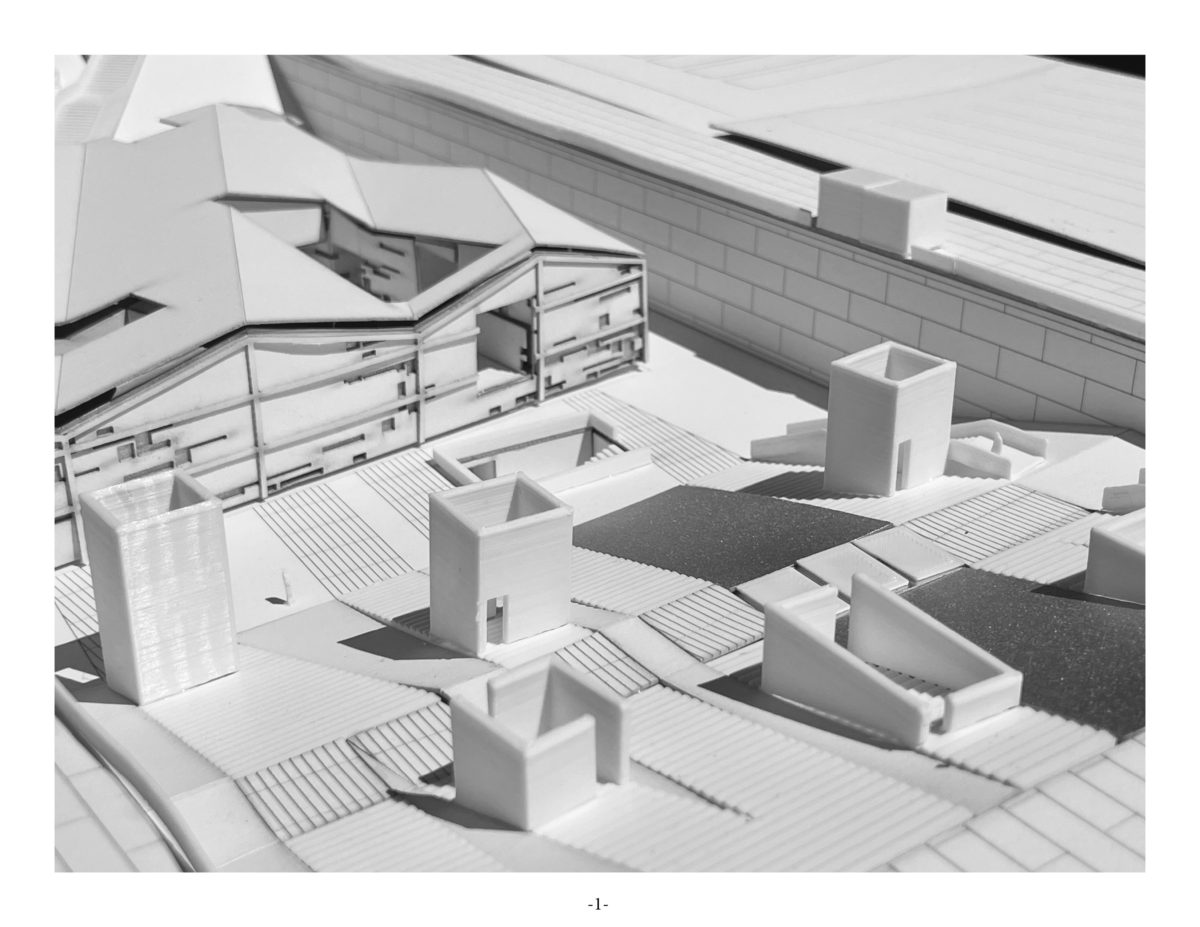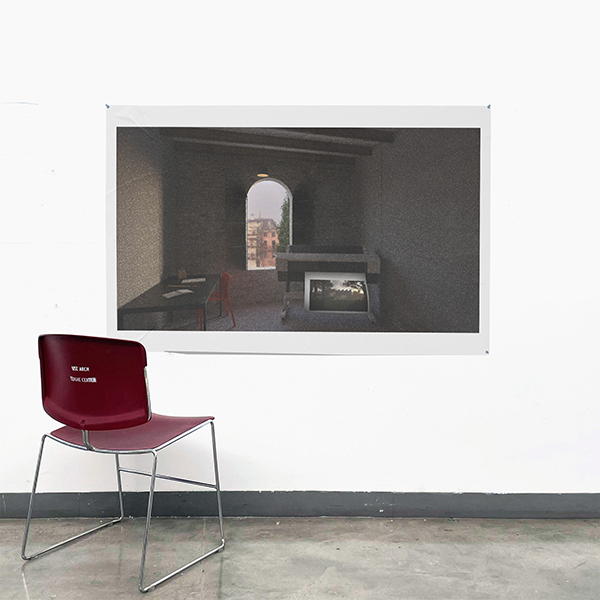The goal of this studio was to create a platform for students to understand and develop a thesis that supports current tangents of architectural discussion in today’s context. Specifically, we looked at the responsibility of architecture. Throughout the semester students were asked to participate in a series of assignments that engaged in conversations and theories on this topic. We focused primarily on different ways of working, both through modes of techniques for accidental and deliberate disciplinary misbehavior to help students argue and position their placement within a larger architectural discourse. Additionally, this studio explored the possibility of misaligning work for creative speculation.
In this section we discussed the Ethics of Aesthetics as a topic of interest. We evaluated aesthetics through four topics: Problem (What), Context (Where), Technique (How), and Theory (Why). These four topics were used to create an architectural thesis for the Spring 2022 semester. The aim of thesis is to create a body of work that acts in parallel with traditional architectural contingencies such as site, program, precedents, codes, politics, and social engagement; while also focusing on individual authorship, form, tectonics, representation, and theory. Students worked independently to build their own individual thesis and research throughout the semester.





